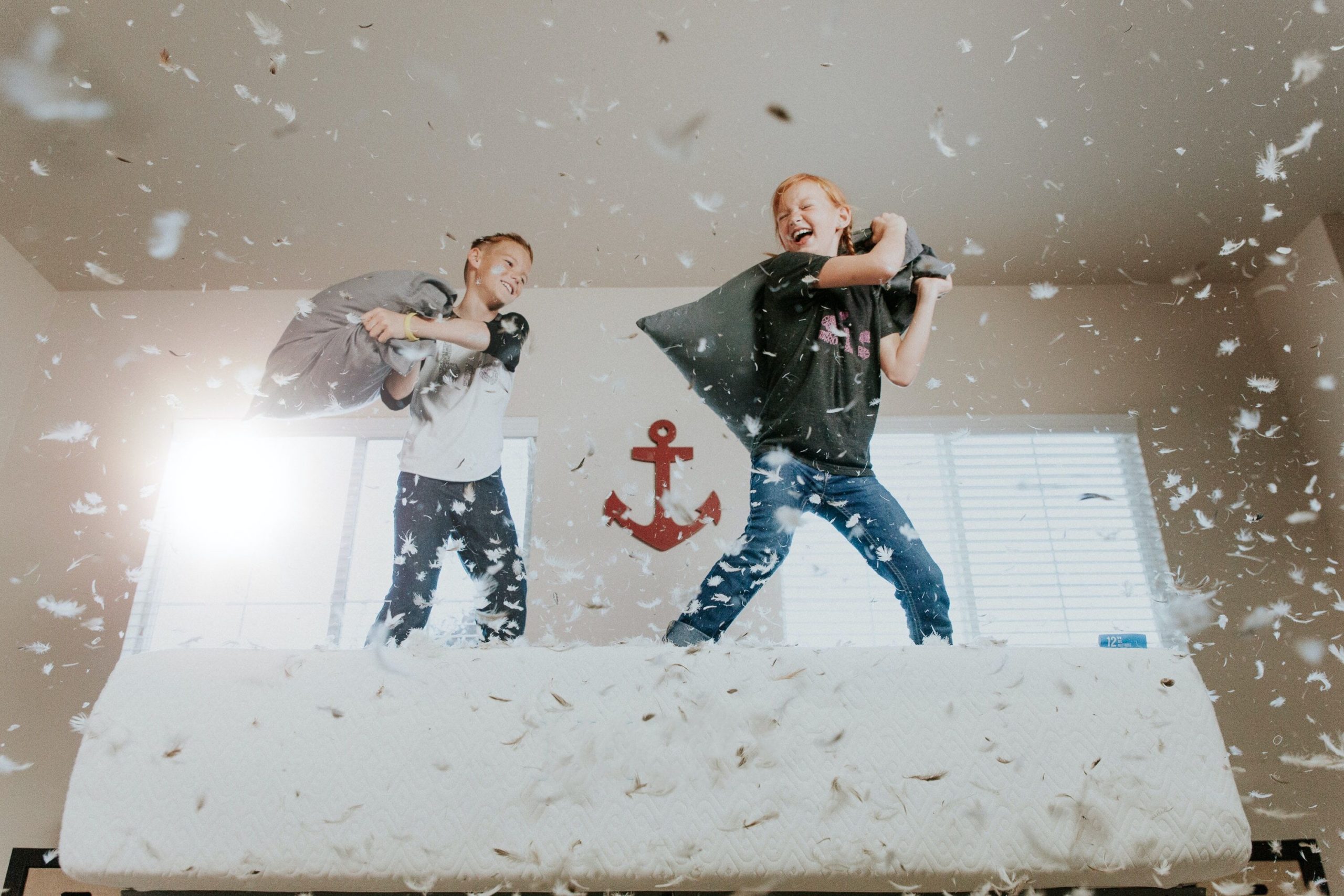Some of you already know that I recently joined Sizer as the VP of Business Development. More on the why and how of that to come soon 🙂 But I can say it’s been one hell of a ride since I joined. In fact, during the last couple of weeks I had the opportunity to participate as part of Sizer’s team in two of the most significant events in the uniforms industry.
A+A in Dusseldorf, Germany, is a 4-day International Trade Fair for Safety, Security and Health at Work. Of course, the uniforms, shoes and other equipment people wear for work on a daily basis have a massive impact on their health and safety, and so the majority of uniform manufacturers, distributors and innovators gathered to present at the event. In fact, the event included 1,204 exhibitors from 56 nations and more than 25,000 visitors.
The second event, taking place in London, UK, was a smaller and more intimate event – PCIAW Summit held by the PCIAW – the professional clothing industry association, included a day of sessions around sustainability in the clothing industry – from innovations in textiles and recycling, to the transformation in supply chain to facilitate a sustainable, closed loop, circular economy. The event ended with an impressive awards ceremony where Sizer won the best application of innovative technology award!
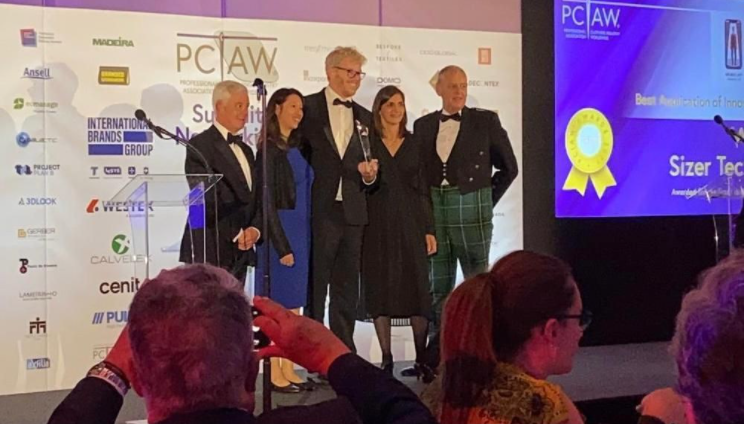
Many aspects were covered in these events, but among these 3 trends particularly stood out:
Moving to Corporate Fashion
Uniforms is a heavily used word in the context of armies, police and other law enforcement organizations. But if you’re working for a bank, restaurant, airline or retail company, you would not want to wake up in the morning and wear a uniform to work…
It’s been several years now that the uniforms space has evolved into “Corporatewear”, which includes regular uniforms, workwear – designed for specific professional sectors in a way that makes it easier for thee employees to perform their job, and PPE – personal protective equipment, designed to protect employees from potential hazards in the workplace. What now seems to be the trends, is moving towards “corporate fashion” – lines of uniforms that look just like regular clothes, that are fashionable, cool and produced of high-quality fabrics. These are the kind of clothes that every employee would be happy to wear to work and would make them feel more comfortable and proud of the brand they are working for. No wonder that we’ve seen many of the uniforms companies presenting at A+A offering a variety of these corporate fashion garments, each trying to offer a unique line and collection that would set them apart from their competition.
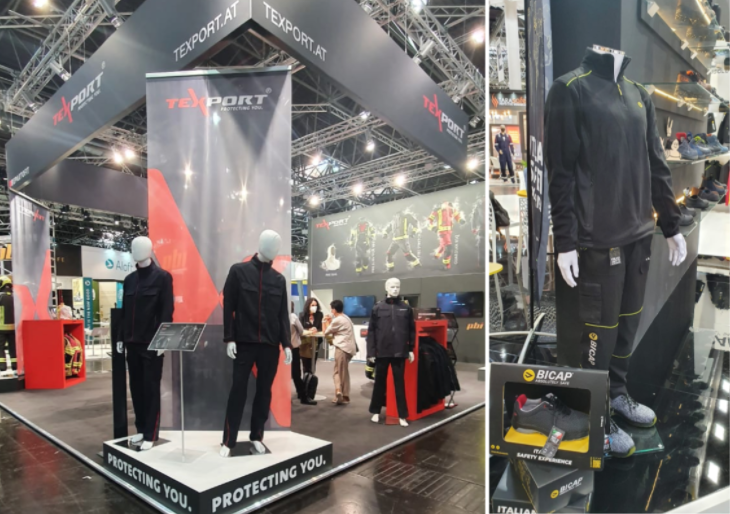
Focusing on Sustainability
As more and more of Gen Z’s are joining the workforce, companies are becoming more aware of how they can – and should – contribute to a more sustainable production and supply chain. PCIAW this year focused entirely on this important topic.
Did you know that every second, an equivalent of one garbage truck full of textiles is landfilled or burned? One truck, every second, do the maths.
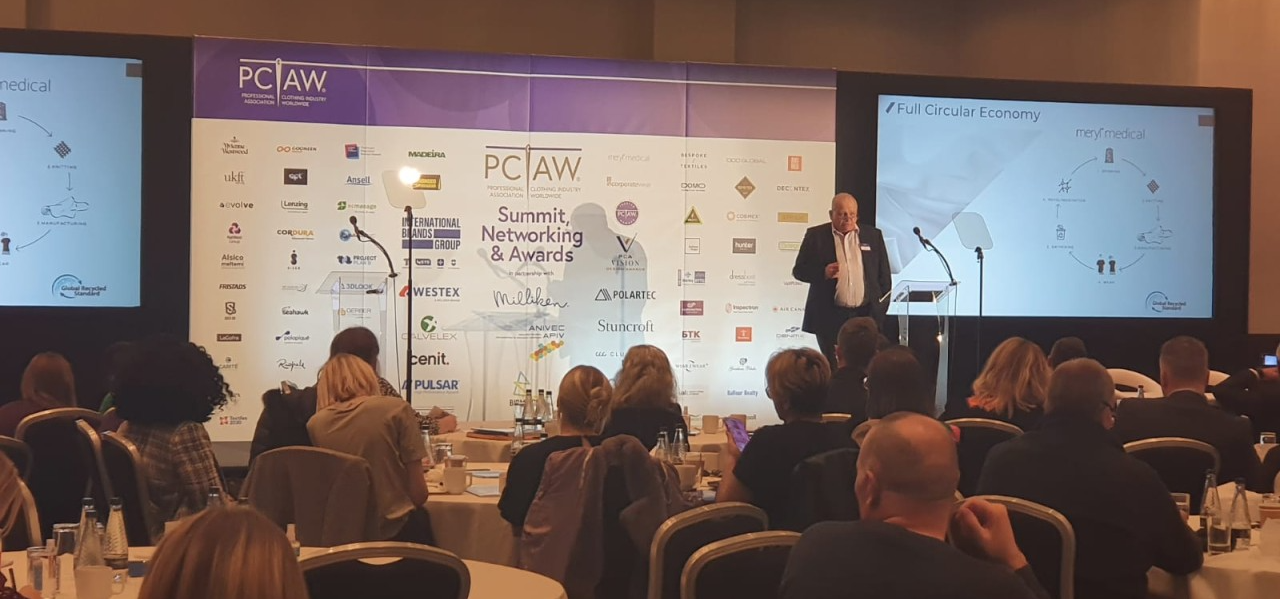
It is long due for this industry to pay more attention to how it conducts in a more sustainable way, and I liked seeing it being more of a focus in this year’s event. One of the ways we can reduce waste is by using recycled materials, like this foam made from recycled plastic and recycled fabric that can be used for shoe insoles:
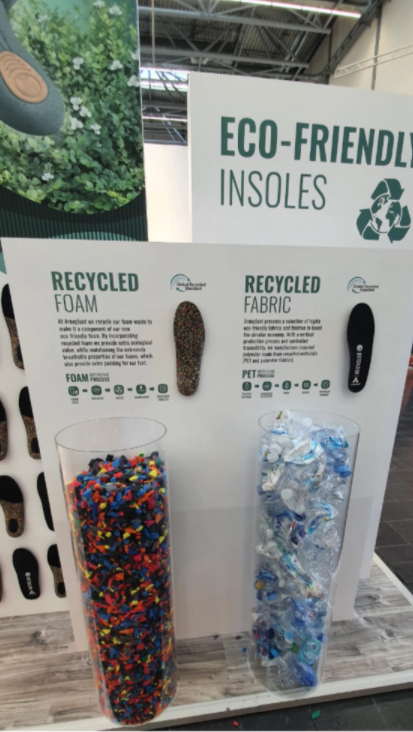
Another notable campaign was led by Fristads, who pride themselves to produce “Premium workwear made for sustainable performance”. At the event, Fristads encouraged visitors to take a picture of themselves hugging a tree that was placed at the center of the booth and upload it to social media, and guaranteed that for every such picture they will make sure a tree is planted!
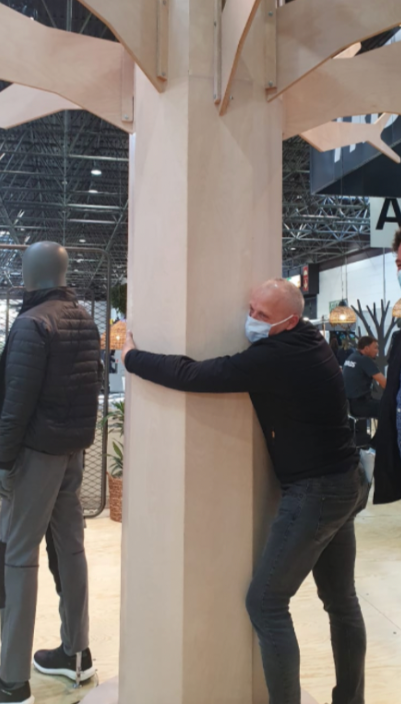
At Sizer, we love the fact that we enable our clients to produce less garments – by knowing the exact measurement of their users, companies only order what they need and there’s no excess inventory that gets dumped. So that’s our small contribution to planet earth.
Specialty/Niche Segments
The last notable trend I spotted was companies trying to focus on niche segments, rather than trying to have it all. For example, some companies specialize only with fire fighting uniforms and equipment, others do corporate fashion but only for industries such as retail and travel.
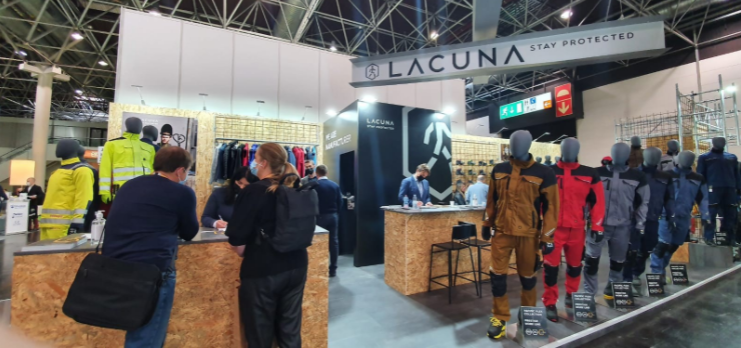
One of the companies we met is actually doing both corporate fashion and PPE (personal protection equipment), but then they have separate product managers for each of these areas and I imagine different production lines as well, which allows them to really put a deeper focus and develop expertise in both.
These are the main trends I spotted. If you’re in the uniforms space or apparel in general, I’m curious to learn what are the trends you are seeing this year?
Read our latest blog post – A quick history of iconic airline uniforms
Insights in your inbox
Sign up to receive our latest news and insights

Thank you!
we’ll keep you updated



